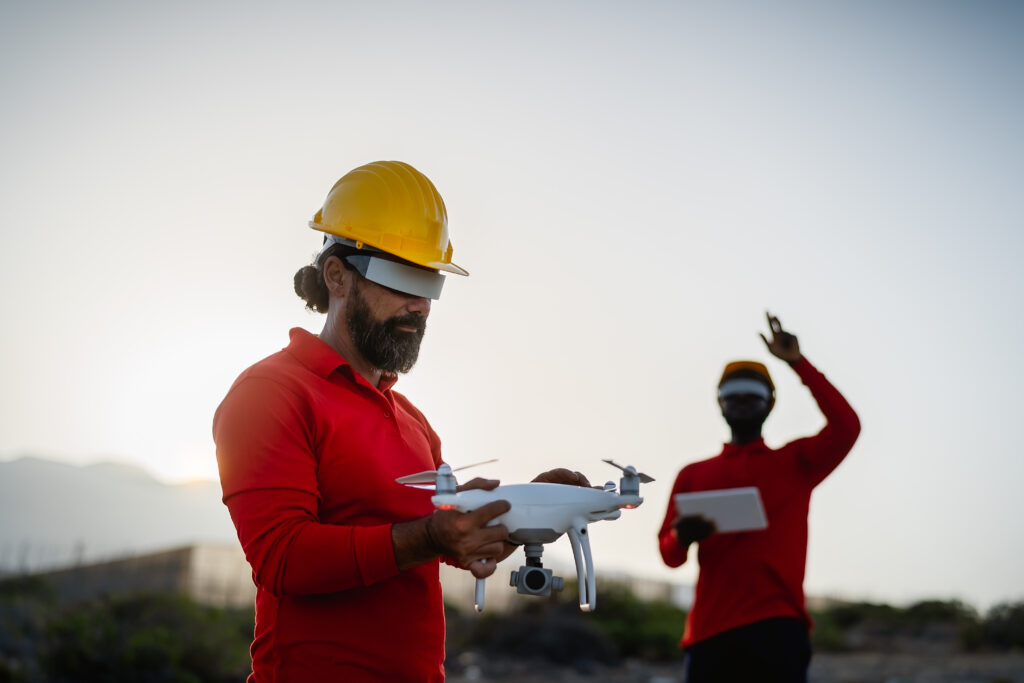
Drones, or unmanned aerial vehicles (UAVs), have rapidly evolved from niche military tools to mainstream commercial and recreational devices. With their increasing popularity comes the need for comprehensive regulations to ensure their safe and responsible use. However, drone regulations vary widely around the world, reflecting different priorities, safety concerns, and levels of technological adoption. This article provides an overview of drone regulations in various regions, highlighting what you need to know before taking flight.
Why Drone Regulations Matter
The primary purpose of drone regulations is to ensure the safety of people, property, and other aircraft. As drones become more prevalent, the risk of accidents and airspace congestion increases. Regulations help mitigate these risks by setting guidelines for where, when, and how drones can be flown. Additionally, regulations address privacy concerns, as drones equipped with cameras can inadvertently capture sensitive information or images. By understanding and adhering to these regulations, drone operators can avoid legal issues and contribute to the safe integration of drones into society.
Drone Regulations in the United States
In the United States, drone regulations are governed by the Federal Aviation Administration (FAA). The FAA classifies drones into two main categories: recreational and commercial, each with its own set of rules.
Recreational Drones: For recreational drone pilots, the FAA requires registration of drones weighing between 0.55 and 55 pounds. The pilot must follow the safety guidelines set by a community-based organization and fly within the visual line of sight. Drones must not exceed 400 feet above ground level, and they are prohibited from flying near airports or over people without permission. Additionally, drones cannot be flown in controlled airspace (around airports) without specific authorization.
Commercial Drones: Commercial drone operators must obtain a Remote Pilot Certificate under the FAA’s Part 107 rules. This involves passing a knowledge test covering airspace regulations, weather effects on drones, and emergency procedures. Commercial drones also have a 55-pound weight limit and must be registered with the FAA. Operators are required to keep the drone within their line of sight, avoid flying over people, and adhere to no-fly zones. Waivers can be obtained for specific operations that fall outside these rules, such as flying at night or beyond the visual line of sight.
The FAA has been working on expanding the scope of commercial drone operations, including the integration of drones into the National Airspace System. This includes ongoing discussions and research into unmanned traffic management (UTM) systems to allow for more complex drone operations.
Drone Regulations in Europe
Drone regulations in Europe are governed by the European Union Aviation Safety Agency (EASA). In 2021, the EASA implemented a unified set of drone regulations across all EU member states, Norway, Iceland, and Liechtenstein. These regulations categorize drones into three main types based on risk: Open, Specific, and Certified.
Open Category: This category is for low-risk operations and is divided into three subcategories (A1, A2, and A3) based on the weight of the drone and its intended operation. For example, A1 allows drones weighing less than 250 grams to fly over people (but not over crowds), while A3 is for drones weighing up to 25 kilograms, which must be flown in areas free of people and at a safe distance from residential, commercial, and industrial zones. Pilots flying in the Open category must complete online training and pass a knowledge test.
Specific Category: For operations that present a higher risk than those in the Open category, such as flying near people or beyond the visual line of sight, operators must obtain authorization from the national aviation authority. This requires a risk assessment and, in some cases, additional safety measures like geo-fencing or the use of certified equipment.
Certified Category: This category is for the highest-risk operations, such as flying over large crowds or in urban environments. Operations in this category are subject to stringent requirements, including certification of the drone, the operator, and, in some cases, the pilot.
Europe’s unified approach to drone regulations provides a consistent framework for drone operations across the continent, making it easier for operators to conduct cross-border flights and engage in commercial activities.
Drone Regulations in Asia
Asia is a diverse region with varying levels of drone regulation. Countries like China, Japan, and India have established comprehensive frameworks, while others are still developing their regulatory policies.
China: China, one of the largest markets for drones, has strict regulations to ensure safe and responsible use. Drones weighing more than 250 grams must be registered with the Civil Aviation Administration of China (CAAC). Operators are required to maintain a visual line of sight and avoid flying over crowds or near sensitive areas like airports and military facilities. Additionally, China has implemented geo-fencing technology to prevent drones from entering restricted zones.
Japan: Japan’s drone regulations are governed by the Civil Aviation Bureau. Drones weighing more than 200 grams must be registered, and operators must follow rules regarding altitude limits (150 meters above ground level), no-fly zones (near airports and crowded areas), and night flights. Japan also has specific requirements for commercial drone operations, including mandatory insurance and pilot certification.
India: India’s drone regulations, overseen by the Directorate General of Civil Aviation (DGCA), classify drones into five categories based on weight, ranging from Nano (less than 250 grams) to Large (more than 150 kilograms). All drones except those in the Nano category require registration and a Unique Identification Number (UIN). Operators must obtain a Remote Pilot License (RPL) for commercial operations and adhere to strict no-fly zones, including near airports, military installations, and national borders. Additionally, India has implemented a Digital Sky Platform, an online system for drone registration, flight approvals, and tracking.
Drone Regulations in Australia and New Zealand
Australia and New Zealand have both established robust frameworks for drone operations, balancing safety with innovation.
Australia: The Civil Aviation Safety Authority (CASA) governs drone regulations in Australia. Drones weighing more than 250 grams must be registered, and operators must obtain an operator accreditation for commercial use. CASA has established specific guidelines for recreational and commercial drone operations, including altitude limits (120 meters), no-fly zones (near airports, emergency operations, and public events), and visual line of sight requirements. Australia also has a strong focus on education and safety, with CASA providing online training and resources for drone operators.
New Zealand: The Civil Aviation Authority (CAA) regulates drones in New Zealand. Drones are allowed to fly up to 120 meters above ground level, and operators must maintain a visual line of sight. Flights over people, property, and in controlled airspace require permission from the CAA or the relevant property owners. New Zealand’s regulations also emphasize privacy, requiring operators to obtain consent before capturing images or data of individuals.
Drone Regulations in Other Regions
Canada: Canada’s drone regulations, overseen by Transport Canada, classify drones based on their weight and intended use. Drones weighing between 250 grams and 25 kilograms require registration, and operators must obtain a drone pilot certificate. Canada has established rules regarding altitude limits, no-fly zones, and visual line of sight, with specific exemptions available for advanced operations.
South America: South American countries have varied approaches to drone regulation. Brazil, for example, requires drones to be registered with the National Civil Aviation Agency (ANAC), and operators must obtain a Remote Pilot License for commercial use. Other countries, like Argentina and Chile, have established similar frameworks, focusing on safety and airspace management.
Africa: In Africa, drone regulations are still evolving. Countries like South Africa and Kenya have established regulatory frameworks, requiring drone registration and pilot certification. However, many African nations are still in the process of developing comprehensive drone policies, reflecting the continent’s diverse economic and technological landscape.
Drone regulations around the world are constantly evolving as governments strive to balance innovation with safety and privacy concerns. For drone operators, understanding and complying with these regulations is essential to ensuring safe and legal flights. Whether flying for recreational or commercial purposes, it’s crucial to stay informed about the latest rules and guidelines in your region and any regions you plan to operate in. As drone technology continues to advance, regulations will likely become more sophisticated, paving the way for new opportunities and challenges in the world of unmanned aerial vehicles.






